Gravitational Waves from Gravitational Collapse
- PMID: 28163617
- PMCID: PMC5255218
- DOI: 10.12942/lrr-2011-1
Gravitational Waves from Gravitational Collapse
Abstract
Gravitational-wave emission from stellar collapse has been studied for nearly four decades. Current state-of-the-art numerical investigations of collapse include those that use progenitors with more realistic angular momentum profiles, properly treat microphysics issues, account for general relativity, and examine non-axisymmetric effects in three dimensions. Such simulations predict that gravitational waves from various phenomena associated with gravitational collapse could be detectable with ground-based and space-based interferometric observatories. This review covers the entire range of stellar collapse sources of gravitational waves: from the accretion-induced collapse of a white dwarf through the collapse down to neutron stars or black holes of massive stars to the collapse of supermassive stars.
Electronic supplementary material: Supplementary material is available for this article at 10.12942/lrr-2011-1.
Figures

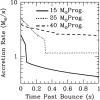








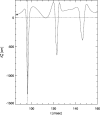
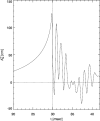





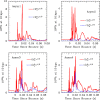


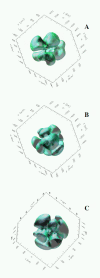









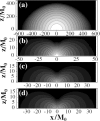


References
-
- Abel T, Bryan GL, Norman ML. The Formation and Fragmentation of Primordial Molecular Clouds. Astrophys. J. 2000;540:39–44. doi: 10.1086/309295. - DOI
-
- Akiyama S, Wheeler JC. Magnetic Fields in Supernovae. In: Fryer CL, editor. Stellar Collapse; Dordrecht; Boston: Kluwer Academic Publishers; 2004. pp. 259–275.
-
- Akiyama S, Wheeler JC, Meier DL, Lichtenstadt I. The Magnetorotational Instability in Core-Collapse Supernova Explosions. Astrophys. J. 2003;584:954–970. doi: 10.1086/344135. - DOI
-
- Andersson N. A New Class of Unstable Modes of Rotating Relativistic Stars. Astrophys. J. 1998;502:708–713. doi: 10.1086/305919. - DOI
-
- Andersson N. Gravitational waves from instabilities in relativistic stars. Class. Quantum Grav. 2003;20:R105–R144. doi: 10.1088/0264-9381/20/7/201. - DOI
Publication types
LinkOut - more resources
Full Text Sources
